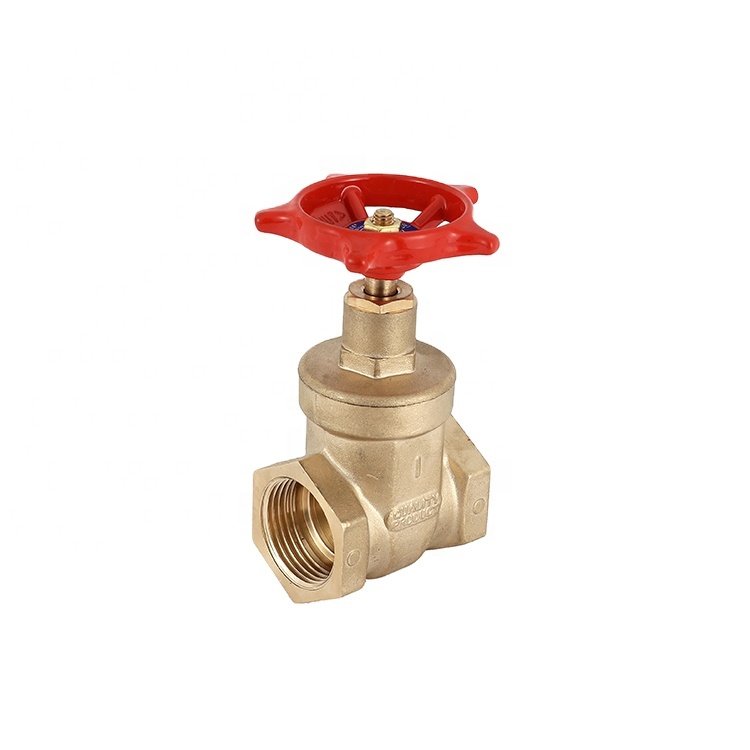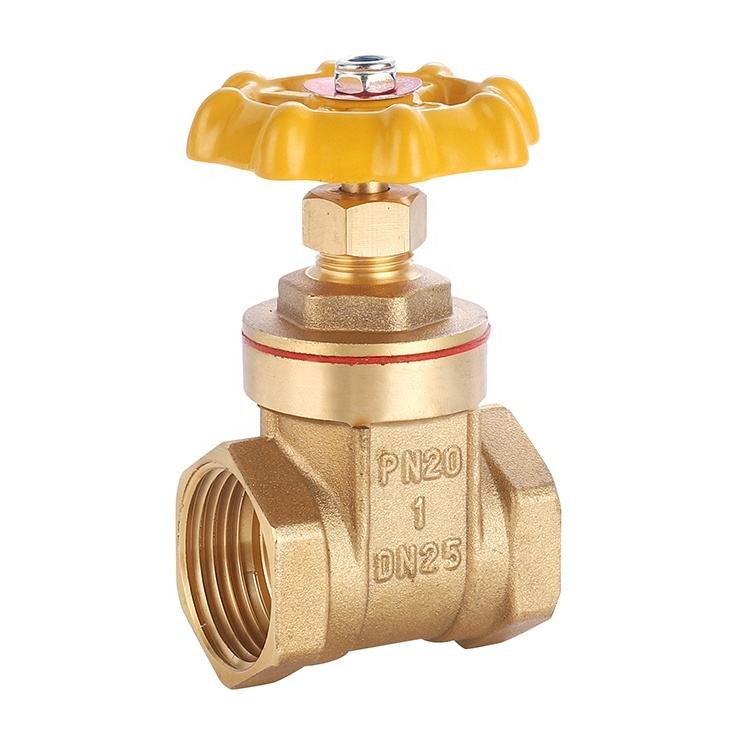Choosing the right valve for your plumbing or heating system can be a headache. If you pick the wrong one, you might face leaks, poor performance, or even system failures. These issues can lead to costly repairs and downtime, especially during peak seasons. But don’t worry—understanding the differences between ball valves and gate valves can help you make the right decision and avoid these problems.
Ball valves are better for quick shut-off and durability, while gate valves are ideal for controlling flow in systems where full, unobstructed flow is needed. The choice depends on your specific application and requirements.
Now that you know the basics, let’s dive deeper into the details to help you decide which valve is the best fit for your needs.

Why Use a Gate Valve Instead of a Ball Valve?
Gate valves are often preferred in applications where a straight-line flow of fluid and minimum restriction is needed. Unlike ball valves, which use a rotating ball to control flow, gate valves use a gate or wedge that moves up and down. This design allows for a full, unobstructed flow when the valve is fully open, making gate valves ideal for systems where low pressure drop is critical.
For example, in large-scale industrial applications or water supply systems, gate valves are commonly used because they provide a tight seal and can handle high-pressure environments. They are also easier to repair compared to ball valves, as the gate mechanism is simpler to access and maintain. If you’re working on a project that requires precise flow control or involves high-pressure fluids, a gate valve might be the better choice.
What Are the Disadvantages of a Gate Valve?
While gate valves have their advantages, they also come with some drawbacks. One major disadvantage is that they are not suitable for throttling or regulating flow. The gate mechanism can be damaged if the valve is partially open, leading to leaks or complete failure. This makes gate valves less versatile than ball valves, which can handle both on/off and throttling applications.
Another issue is that gate valves are slower to operate. Since the gate needs to be fully raised or lowered, it takes more time to open or close the valve compared to the quick quarter-turn operation of a ball valve. Additionally, gate valves are generally bulkier and heavier, which can make installation and maintenance more challenging. If you’re looking for a lightweight, quick-operating valve, a ball valve might be a better option.
How to Tell a Gate Valve from a Globe Valve?
Gate valves and globe valves are often confused, but they serve different purposes and have distinct designs. A gate valve has a flat or wedge-shaped gate that moves up and down to control flow, while a globe valve uses a plug or disc that moves perpendicular to the flow path. This design allows globe valves to regulate flow more effectively, making them suitable for throttling applications.
Visually, gate valves are typically taller and slimmer, while globe valves are more compact and have a spherical body. Another way to tell them apart is by their function: gate valves are designed for on/off control, whereas globe valves are better for adjusting flow rates. If you’re unsure which valve you need, consider whether your system requires full flow control or precise flow regulation.

Summary
Choosing between a ball valve and a gate valve depends on your specific needs. Ball valves are durable, quick to operate, and ideal for on/off applications, while gate valves offer full, unobstructed flow and are better suited for high-pressure systems. Understanding the differences, advantages, and disadvantages of each can help you make an informed decision.
Choose IVALVECRAFT, choose a reliable partner, enjoy high quality and the best service.


